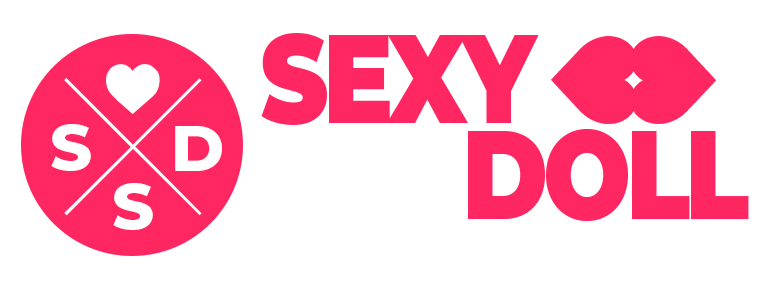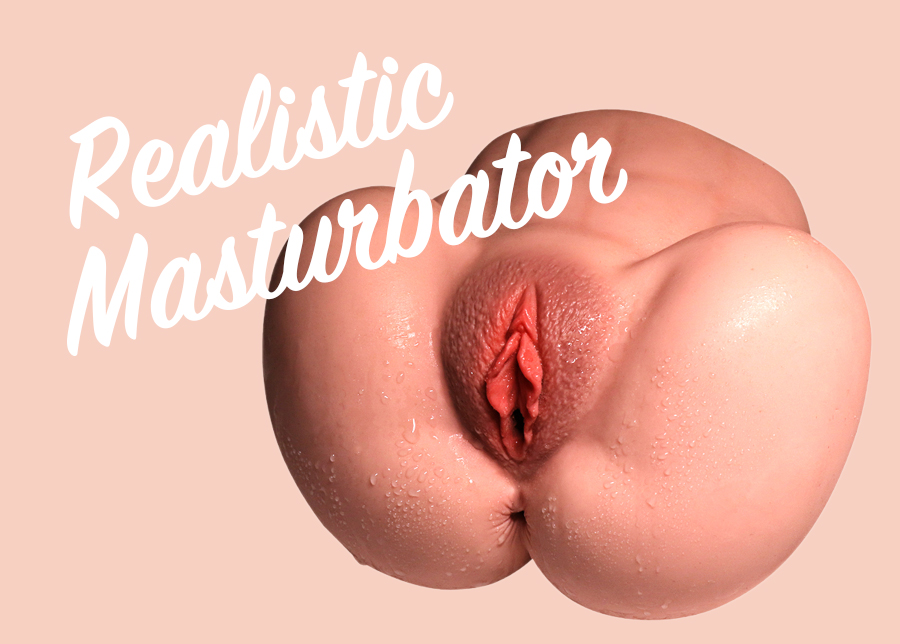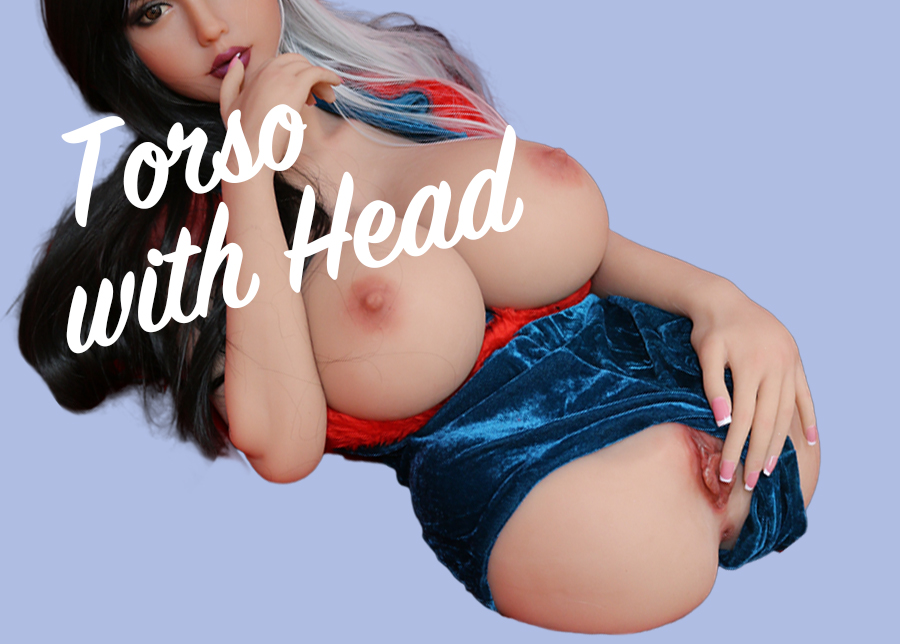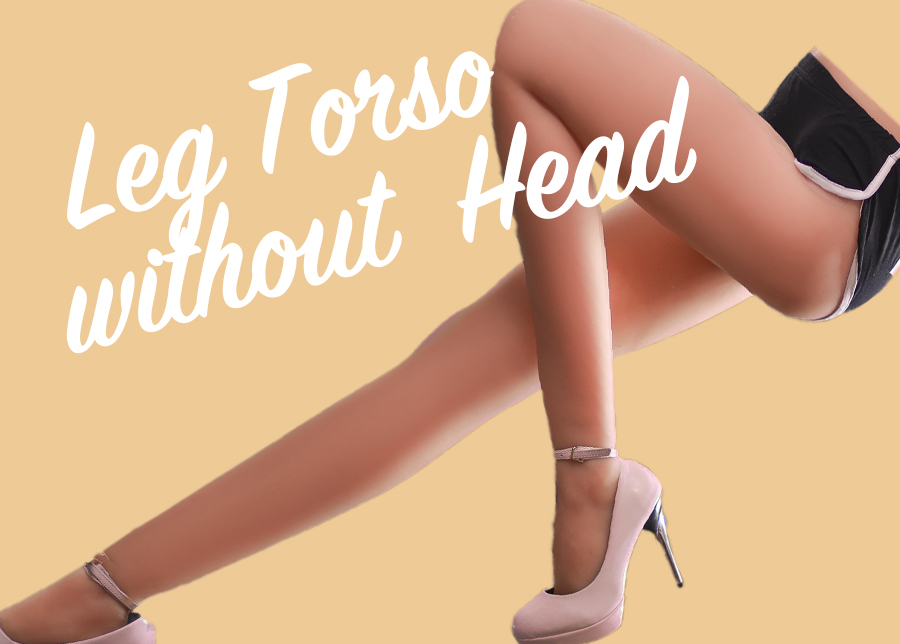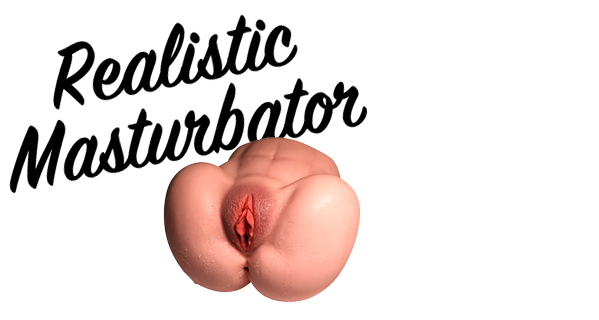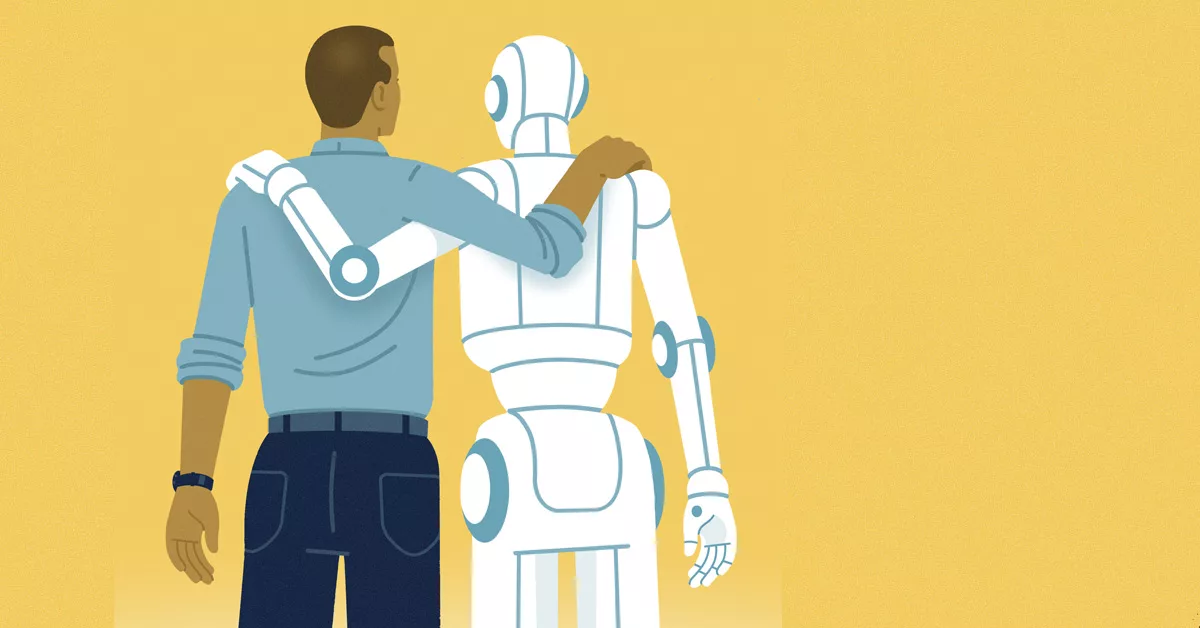Picture a world where a beloved Disney character like Moana, a beacon of cultural authenticity, faces a seemingly trivial yet unexpected hiccup: the name on her doll. The sharp eyes of a mum uncovered an unexpected detail in a Moana doll that not only startled her but also sparked an internet-wide discussion about global marketing strategies, cultural sensitivities, and the legal machinations of trademark laws. Today, we shall unravel the layers of this controversy, showcasing why something as simple as a name—Moana versus Vaiana—has significant implications. You’ll walk away armed with insights into how global brands navigate the intricate mosaic of international markets, all through the lens of this infamous Moana doll debacle.
The Moana/Vaiana Dichotomy: A Story Beyond the Surface
The story begins with one of Disney’s most successful films in recent years, the 2016 animated feature Moana. While her adventures enthralled children and charmed parents globally, European markets were introduced to a different name: Vaiana. This deviation was not a creative choice but a necessity born out of trademark conflicts. We’ll dissect these complexities, emphasizing why trademark discovery is crucial for global marketing success.
Trademark Conflicts: The Legal Necessity
Disney’s decision to rename Moana as Vaiana in several European countries was driven by unavoidable trademark conflicts. Registered as a trademark by various entities across Europe, “Moana” presented legal hurdles that could not be evaded. Avoiding this costly and logistically burdensome litigation ensured not only brand preservation but also maintained the market accessibility of the product globally. This highlights the profound importance of thorough trademark searches in the initial stages of marketing strategy development.
From these findings, it’s clear that safeguarding a brand in the international marketplace requires more than cross-cultural appeal but also stringent legal foresight. Failing to do so can lead to repercussions that stifle growth and foster consumer confusion. Building on these legal necessities, let’s explore the cultural dimensions influencing product naming decisions.
Beyond Names: Cultural Sensitivities in Play
Names carry weight, heavily laden with cultural significance. In numerous European languages, words carry connotations that might not align with the brand’s image or narrative, potentially generating unintended associations. For instance, initially harmless names in one language could be offensive or misleading in another. The transition from Moana to Vaiana wasn’t merely a legal maneuver but also a reflection of Disney’s commitment to respect diverse cultural perceptions.
Consumer Confusion: The Impact on the Little Ones
Children’s toys and related media hold a unique influence, forming part of the backdrop against which young minds are molded. The Moana-Vaiana name discrepancy presents a unique challenge: addressing consumer confusion, especially among children, tool amsi. The duality of a character’s identity might challenge kids’ understanding of brand continuity and authenticity. A singular character with dual names can dilute brand strength and present significant marketing obstacles.
The unveiled Moana doll’s unexpected detail isn’t merely a harmless quirk; it mirrors the deeper, underlying tensions of international branding. While the name change strategically maneuvered the trademark landscape, it inadvertently stirred cultural ripples that extend beyond its European shores. Let’s delve further into internet reactions and discussions sparked by this discovery.
The Digital Age Reaction: Internet Buzz and Parent Protests
Mothers are often first responders to their children’s growth environments, thus their alertness to anomalies and irregularities should not astonish us. When one mum discovered the doll’s name did not align with the character her child revered on screen, she took to social media—a powerful space for uniting global voices. Here, an important question emerges: how should global conglomerates manage consumer expectations amidst such controversies?
The Aggregate Reaction: An Internet Frenzy
Social media platforms became a breeding ground for discussions, protests, and debates about the implications of such a naming twist. Parents expressed concern over the potential for cognitive dissonance among children and questioned Disney’s branding strategies. With trending hashtags like #MoanaDollSurprise and #MoanaDollRaisesEyebrows, alongside humorous memes, the internet exemplified its role as a digital public square where stakeholders engage and converge.
The digital ripple effect illuminates a key aspect: the agility and responsiveness required from brands operating in a hyper-connected world. As internet platforms offer both a battleground and a playground, companies need to be nimble, prepared to swiftly address concerns while leveraging the conversations to plant narratives that fortify brand loyalty and trust. Let’s understand how Disney navigated these rocky waters with precision.
Faced with public scrutiny, Disney’s measured response demonstrates adept crisis management anchored in corporate resilience. By acknowledging and swiftly addressing consumer concerns, Disney utilized its digital platforms to educate parents about the historical and legal backdrop leading to the naming variations. The transparency in their approach fostered goodwill and reaffirmed their role as an empathetic and considerate market leader.
Learning from Experience: Actionable Insights for Marketers
Above and beyond addressing immediate implications, Disney’s saga with the Moana doll presents rich lessons for marketers aiming to penetrate international markets. The synergy between legal, cultural, and strategic dimensions offers a comprehensive blueprint for developing resilient and adaptable marketing approaches. Here are some key actionable insights:
- Conduct exhaustive trademark searches to ensure your product names do not infringe on existing registrations.
- Engage cultural consultants to foresee and navigate potential linguistic or cultural concerns with your brand in diverse regions.
- Develop crisis management protocols focused on transparency and consumer education to foster trust and loyalty.
- Embrace social media dialogues as opportunities to clarify, educate, and strengthen brand narratives.
Concluding Thoughts: The Road Ahead
The unexpected detail in the Moana doll serves as a fascinating case study in global branding nuances, revealing how something as simple as a name can have far-reaching implications. As the digital world continues to dismantle geographical boundaries, brands like Disney must navigate complex terrains with greater diligence, legal acumen, and cultural sensitivity. By embracing these principles, marketers can transcend obstacles to forge international brand harmonization while resonating authentically with their audiences.
The case of the Moana doll confirms one thing: in the world of global branding, details matter immensely. I encourage you to reflect on these insights, apply them within your own projects, and join the conversation about global branding challenges.
FAQs about Moana and Vaiana
What is the Moana doll unexpected detail that shocked a mum? The unexpected detail refers to the naming of the Moana doll as Vaiana in European markets. This variation surprised parents who noticed the discrepancy with the film’s character name.
What triggered the Moana 2 doll controversy? The controversy stems from the name change of Moana to Vaiana due to existing trademarks and cultural considerations in European countries, raising concerns from parents and sparking discussions online.
Why was there a Vaiana doll name change? The name Vaiana was adopted in parts of Europe to avoid a trademark conflict where Moana was already registered. It ensures legal compliance and avoids potential litigations.
What is the Moana doll Europe name difference? In Europe, the character and products are often named “Vaiana” instead of “Moana” due to trademark and cultural considerations affecting distribution and marketing strategies.
How did the Moana doll raise eyebrows online? The discovery of the alternate name on the doll led to widespread online discussions, with many parents and consumers engaging in debates and expressing their surprise on social media platforms.
What were the Moana doll trademark issues? The primary trademark issue was the pre-existing registration of the name “Moana” in certain European countries, necessitating a change to “Vaiana” to avoid legal conflicts.
What are Disney Moana doll naming discrepancies? The discrepancies arise from branding differences across markets, with the same character being named Moana and Vaiana in different regions, leading to consumer confusion and market challenges.
What are the cultural differences affecting Moana vs Vaiana doll names? Cultural sensitivities and linguistic differences can influence brand naming and perceptions. In some languages, “Moana” may carry unintended meanings, prompting a shift to “Vaiana.”
How did Moana doll marketing issues manifest internationally? The main issue was maintaining consistency across markets given the differing names, which complicated marketing strategies and consumer perception across different regions.
